 |
 |
 |
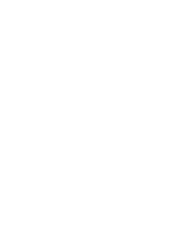
|
View of the Natalie Czech exhibition, "Il Pleut", 2014, Palais de Tokyo (Paris)
© ADAGP, Paris 2014
Photo: Aurélien Mole
|
|
 |
|

|
Posted 29 April 2014
|
Share this:
|
|
NATALIE CZECH
IL PLEUT
Fenêtres du Tokyo Eat - Niveau 2
Interventions bâtiments
25/4/2014-fin indéterminée
Her raw material is writing, her leitmotif repetition. Natalie Czech is a young German artist whose artistic practice oscillates between concrete poetry and conceptual photography. Photography, through its reproducibility and its aesthetic qualities, allows her to process words in image and (de)compose an image by means of words.
Record sleeves, the I-pad, Kindle, letters, magazines, and newspapers are all vectors through which words pass and on which the artist reveals, through marking, the poems of people like Robert Creeley, Allen Ginsberg or Gertrude Stein, to mention only those three.
For the Palais de Tokyo, Natalie Czech is reactivating a work entitled «Il pleut by Guillaume Apollinaire» made in 2012 with the collaboration of four writers1 – Vanessa Desclaux, April Elizabeth Lamm, Ashkan Sepahvand, Mara Genschelii – and she is now calling on a further three authors - Jacques Roubaud, Vincenzo Latronico and Amilcar Packer. Apollinaire’s calligram, serving as a starting point for the elaboration of a text written in the mother tongue of those invited, appears embedded in them both as a sign, a motif impregnated into the work, and as a refrain, a recurrent motif of the work.
Several time-frames and interpretive strata are overlaid, intrinsically bound up with the intertextuality that occurs.
|
|
|
|
|

|

|

|
Her work asks to be read and re-read. In that it is timeless, but not bereft of rhythm. Comparable with one key characteristic of the calligram, which is both image and text, Czech’s photographs can never be perceived as an image and received as a text simultaneously, but encompass the interactive process of appearance and disappearance. Playing with introspection and expressiveness, the artist strives to keep her work contained in a frame, while everything tends to stretch out beyond those confines, as if to liberate the meaning of the words. Openings on to the world, the windows take on the strange appearance of palimpsests, unveiling new visual perspectives to the spectator: «I have nothing to say. Only to show.»
|
|
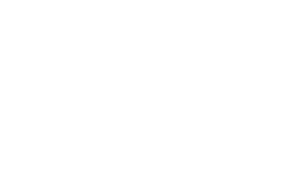
View of the Natalie Czech exhibition, "Il Pleut", 2014, Palais de Tokyo (Paris).
© ADAGP, Paris 2014
Photo: Aurélien Mole
|
|
|
|
|
|
|
AUJOURD’HUI, LE MONDE EST MORT [LOST HUMAN GENETIC ARCHIVE]
HIROSHI SUGIMOTO
25/4/2014-7/9/2014
Via a body of work in which technical virtuosity is backed by a sound conceptual framework, Hiroshi Sugimoto (b. 1948, lives and works between New York and Tokyo) explores the nature of time and perception, and the origins of consciousness. Among his most famous photographic series, mention may be made of Dioramas (1976-), taken in natural history museums, these photographs depict stuffed animals displayed in artificial habitats, Theaters (1978-), photographed by exposing the photographic film throughout the entire projection of a film, and Seascapes (1980-), which capture the essence of marine landscapes throughout the world, retaining only their crucial elements, air and water.
|
|
|
|
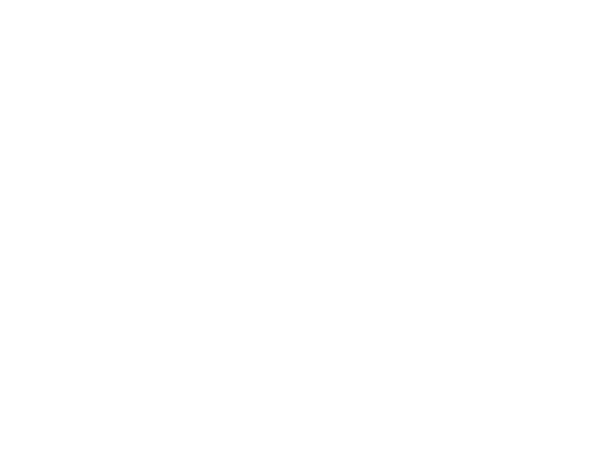
View of the Hiroshi Sugimoto's exhibition, "Aujourd'hui, le monde est mort" [Lost Human Genetic Archive], in L'Etat du Ciel (25.04.14 - 07.09.14), Palais de Tokyo
Photo: André Morin
|
|
|
|
|
|
|
“Aujourd’hui le monde est mort [Lost Human Genetic Archive]” is a new facet of a series of exhibitions Hiroshi Sugimoto has been elaborating for about ten years, juxtaposing his collections of objects, coming from a range of periods and cultures, and his photographic works. The objects in his collection are his “doubles,” and are indispensable to the artist as sources of lessons that enable him to renew his art. Drawing on references to Albert Camus’s novel L’Étranger [The Stranger] and Marcel Duchamp’s ready-mades, the artist has staged a world after human beings have ceased to exist: a personal vision of history, seen from the future. The exhibition consists of around thirty scenarios, narrated by different fictitious characters: a bee-keeper, a specialist in comparative religion, and a politician, who choose to preserve (or not to preserve) their individual genetic information for the future.
Devised as a kind of ruin, resonating with the atypical architecture of the Palais de Tokyo, the exhibition is not only the largest the artist has ever staged in Europe, but also a unique project that bears witness to his wide field of activity, ranging from literature to architecture. It is in the image of his attempt to understand art and human history according to a vast time scale that goes well beyond that of the human species, at the same time including science, religion, economics, etc.
Where is this human race heading, incapable of preventing itself from being destroyed in the name of unchecked growth? Guided by this question, Hiroshi Sugimoto lets his imagination and his creativity drift to meet up with both
the past and the future. A.M.
Japanese artist Hiroshi Sugimoto has unveiled two new glasses designs created for luxury eyewear brand Selima Optique.
Sugimoto’s solo exhibition, “Lost Human Genetic Archive,” which opens today at Paris’s Palais de Tokyo, will mark the debut of the first of his Selima Optique designs, named Oculist Witness. The glasses, which will be produced in a limited edition of 25 pairs, will be available exclusively at Selima Optique, but Sugimoto will wear a prototype at this evening’s opening, offering preview of the project to his guests.
The unique spectacles will contain seven pairs of different colored lenses within each frame, a reflection of Sugimoto’s deep-seated interest in the mutable way in which we perceive memory and time. He was also inspired by Marcel Duchamp, whose experiments in optometry and visual perspective informed much of his Surrealist and Dadaist work. In particular, Sugimoto’s title, Oculist Witness, is taken from a suite of works by Duchamp, most notably the monumental The Bride Stripped Bare by her Bachelors, Even (The Large Glass) (1915– 23), all of which feature the circular diagrams used in eye exams.
“When I was first introduced to [Sugimoto's] work it was love at first sight,” said Selima Salaun, the company’s founder, in a press release. “Until now it has only been a dream, to see the world through Sugimoto’s eyes, but now we literally can.” The unconventional design has been brought to life by eyewear sculpture and artist Adam Mugavero. Marketed as a collector’s item, each pair of glasses will be packaged in a handcrafted wooden box personally designed by Sugimoto.
The collaboration is the brainchild of philanthropist and arts patron Liz Swig, who merges luxury products and artistic innovation by forging partnerships between brands and artists through her organization LizWorks. Selima Optique’s partnership with Sugimoto is only the first between the company and a contemporary artist, with more participating artists to be announced in the coming months.
Fashion and fine art have also combined forces in a Wangechi Mutu clothing line launched this week and a recently announced collaboration between Uniqlo and the Museum of Modern Art, New York.
|
|
|
|
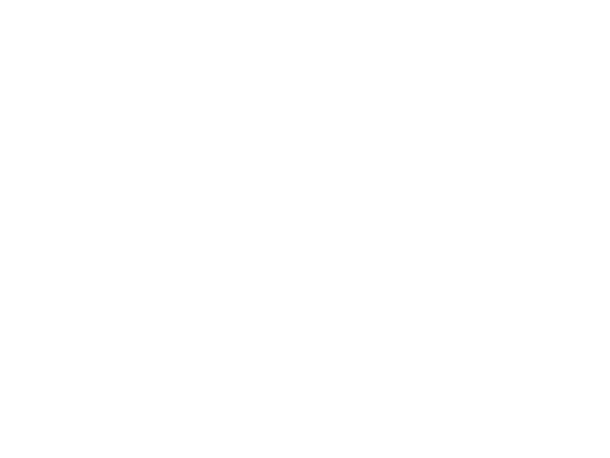
View of the Hiroshi Sugimoto's exhibition, "Aujourd'hui, le monde est mort" [Lost Human Genetic Archive], in L'Etat du Ciel (25.04.14 - 07.09.14), Palais de Tokyo
Photo: André Morin
|
|
|
|
|
|
|
VIVIEN ROUBAUD
LES MODULES - FONDATION PIERRE BERGÉ - YVES SAINT LAURENT
25/4/2014 - 23/6/2014
Inventer des raccords, détourner les techniques, chercher les effets secondaires, tel est le rapport que Vivien Roubaud (né en 1986, vit et travaille à Nice) entretient avec les systèmes qu’il conçoit. Quels que soient les mécanismes produits (déflagration de plumes, tempête de pollen, balais-brosses danseurs, stalactites sous perfusion, imprimante mobile et picturale…), c’est avant tout la nature même des matériaux qui prédomine. Il utilise dans la plupart des cas des « objets qui nous font vivre », ces produits « déclassés » comme il les nomme, qu’il récupère dans leur abandon urbain et décortique jusqu’à les détourner de leur usage initial pour en révéler d’autres. Ce sont autant d’objets reformulés, construits par croisements de flux et d’énergies parfois contraires. Le travail se révèle à force d’observation, de tests, d’essais et d’accidents.
|
|

|

|

|
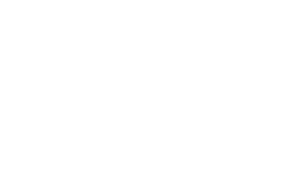
© Vivien Roubaud, Poudre à canon
2013. Courtesy de l’artiste
|
|
Pour son exposition au Palais de Tokyo, Vivien Roubaud utilise le bâtiment comme support, révélant tout d’abord les soubassements du plafond par des effets d’éclairage inversé. En produisant des explosions de feux d’artifices dans des tubes de plexiglass remplis de gelée de pétrole suspendus au plafond, l’artiste impose une distorsion temporelle à un processus fulgurant. Enfin, des lames de scies à rubans déchiquetant des matelas en continu, forment d’étranges ballets mécaniques flottants dans l’espace des Trois Coupoles.
Cette exposition bénéficie du soutien de Safia El Maqui (Monaco). Remerciements : Jeanne Zéler (Bruxelles), Sonia Pastor (Nice), Luc Clément et l’agence Outremer (Nice), SMT (Monaco), La Station (Nice) et Apex France (La Fouillouse).
PALAIS DE TOKYO
13, avenue du Président Wilson
F-75 116 Paris
+33 (0)1-81973588
accueil@palaisdetokyo.com
http://www.palaisdetokyo.com
|
|
|
|
|
|
|
|
|
|


